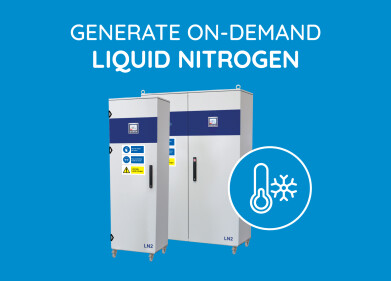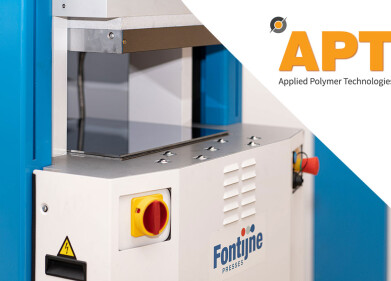-
 Handbook of Chemical and Biological Warfare
Handbook of Chemical and Biological Warfare
Laboratory products
Handbook of Chemical and Biological Warfare
Feb 23 2021
Chemical and Biological warfare is not a new phenomenon. It has been employed for centuries as a threat and during combat: during World War I the French employed tear gases, ethyl bromoacetate and chloroacetone; after World War I chemical agents were even occasionally used to subdue populations and suppress rebellion; in 1919 during the Russian Civil War, the Royal Air Force dropped arsenic gas during the British intervention; by the late 1930’s chemical warfare had been revolutionised by the discovery of the nerve agents tabun and sarin and millions of innocent civilians were killed by hydrogen cyanide gas during World War II; in 1940, the Japanese Army Air Force adopted ceramic bombs full of fleas carrying the bubonic plague, while In Britain, the 1950s saw the weaponisation of plague, brucellosis and tularemia; and early on in the 1980 Iran–Iraq War, Iraq began to employ mustard gas. As such incidents of decontamination date back centuries with calcium oxide (lime) being recognised as a decontaminant in early times.
However, with easy access to raw materials, accessible technical information, and increasing crime, corruption and state-sponsored terrorism, it is not difficult for terrorists and nations to use chemical and biological warfare agents as a threat and to achieve their goals. Therefore, the Handbook of Chemical and Biological Warfare, reflects a significant expansion in the interest of decontamination science.
Today, using modern firearms alone would have minimal impact on mankind due to the scale of our population, which makes chemical and biological terrorism a serious threat to the security of mankind, as well as economic and social infrastructure. Many nations possess vast stockpiles of chemical and biological agents in preparation for wartime use and this threat/perceived threat have become strategic tools in planning both measures and counter-measures. However, with proper protective equipment, training, and decontamination measures, the primary effects of chemical and biological weapons can be overcome.
Decontamination can be carried out on the battlefield or within destruction sites and research labs, and aims to reduce the hazard posed by chemical and biological warfare agents and make safe any person, object or area by absorbing, destroying, neutralising or removing chemical or biological agents. Natural decontaminants, such as water showers to wash away ground pollutants, or specially formulated liquids and powders, such as bleaching powder, may be dispersed by decontamination apparatus.
Part I explores the background of decontamination and a history of chemical and biological warfare. It provides an introduction to chemical and biological warfare agents and the Department of Defense requirements for decontamination and military decontamination doctrine. Part II looks at decontamination science. It outlines the hydrolysis, oxidation and dehydrohalogenation of chemical warfare agents. It progresses to examine the advances in enzymatic decontamination. A major challenge is bringing together the decontaminant with the agent and chapters 11, 12 and 13 discuss surfactant and supramolecular chemistry, gaseous decontamination and decontamination by directed energy technologies and other more novel approaches. Part III explores future decontamination technologies, research and revolutionary decontamination concepts. After all the ideal contamination system would mimic our own immune system and without external intervention, be able to detect a threat and respond to it by neutralisation!
Digital Edition
Lab Asia 31.6 Dec 2024
December 2024
Chromatography Articles - Sustainable chromatography: Embracing software for greener methods Mass Spectrometry & Spectroscopy Articles - Solving industry challenges for phosphorus containi...
View all digital editions
Events
Jan 22 2025 Tokyo, Japan
Jan 22 2025 Birmingham, UK
Jan 25 2025 San Diego, CA, USA
Jan 27 2025 Dubai, UAE
Jan 29 2025 Tokyo, Japan


















